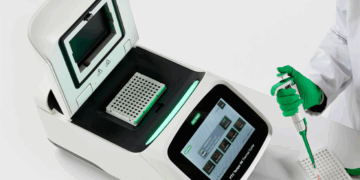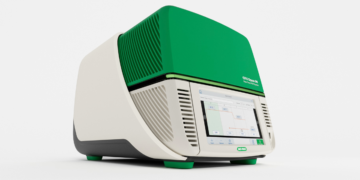To help researchers better understand PCR reagents, our genomics team has developed interactive educational tutorials that illustrate and explain two key topics: (1) the science behind PCR reagents, to help cultivate a better understanding of how the formulation of reagents influences performance, and (2) the steps required to complete a proper evaluation of different reagents.
Why are these two key topics critical to research?
Real-time quantitative PCR (qPCR) is a powerful tool in life science research. However, the data it generates can be trusted only if sufficient attention is paid to quality control and quality assurance at every step of the experimental workflow. It is not uncommon for a reagents comparison to be performed using a single primer pair (assay) and conclusions to be drawn based on Cq values and standard deviations from that single experimental run. Unfortunately, Cq values are relative numbers, relevant only within a given experiment, and are not indicative of reagent or assay performance by themselves. Through proper experimental design, one can investigate multiple performance characteristics that, in addition to Cq values, will help determine the overall performance of various reagents. An appropriate reagents comparison should allow a researcher to test the experimental parameters, such as PCR and reverse transcription efficiency, dynamic range, correlation coefficient, linearity, sensitivity, and specificity, in a single experiment that includes serial dilutions and melt curve analysis (for SYBR® Green assays). Only after consideration of all these performance characteristics can one make an effective judgment of reagent performance.
These tutorials give users both the background and the practical skills needed to get the best results from qPCR experiments, saving time and ensuring accuracy.
|
View our explication of reverse transcriptases, Tutorial: Understanding Reverse Transcription |
Learn more about supermixes, Tutorial: Understanding Real-Time PCR Supermixes |
Watch a general introduction to real-time PCR, along with qPCR data analysis methods, Tutorial: Understanding Real-Time PCR |
SYBR is a trademark of Life Technologies Corp.






